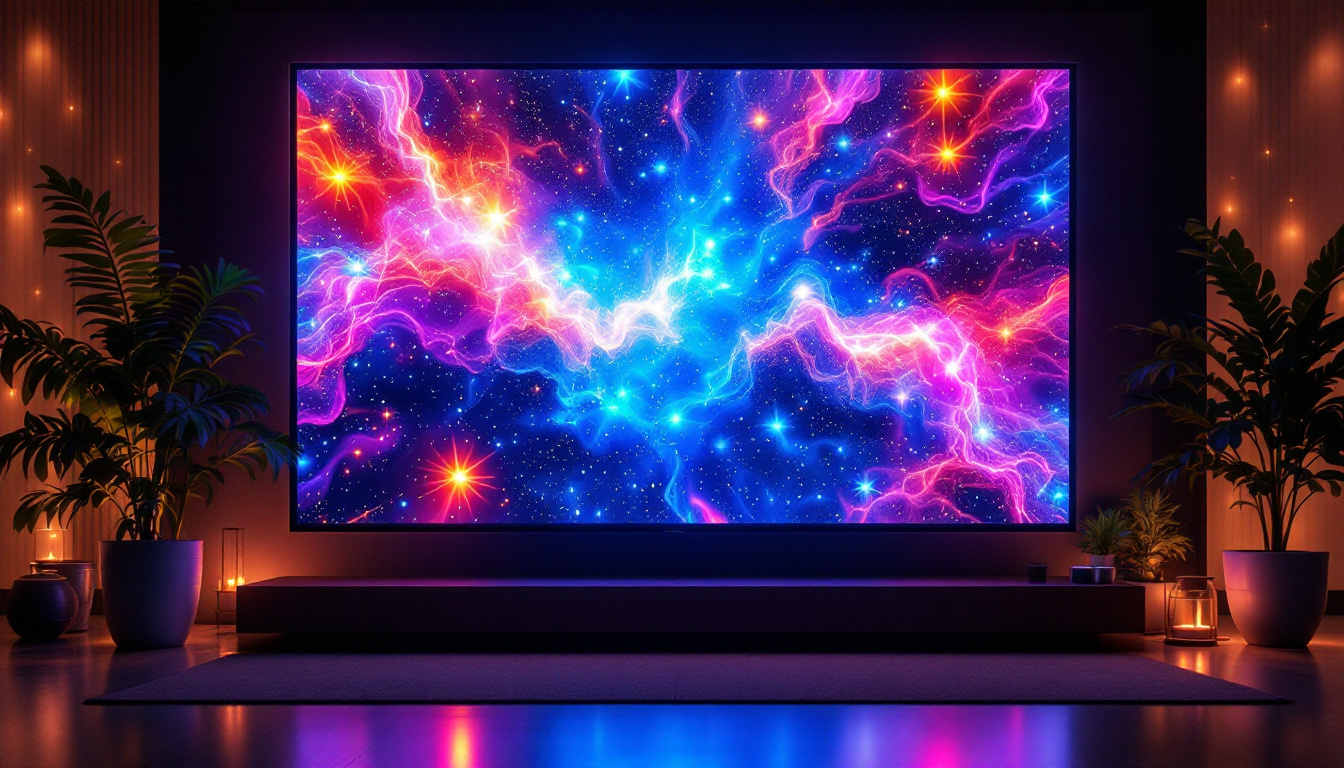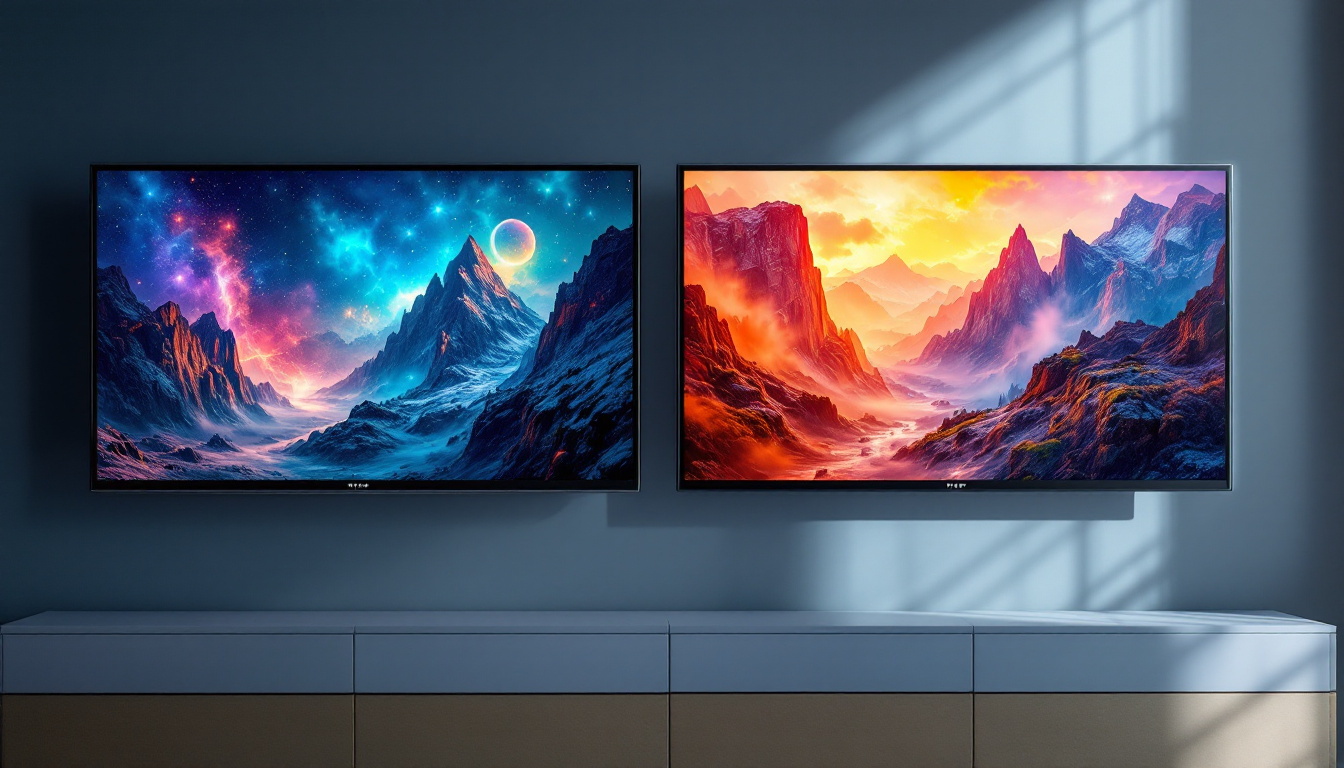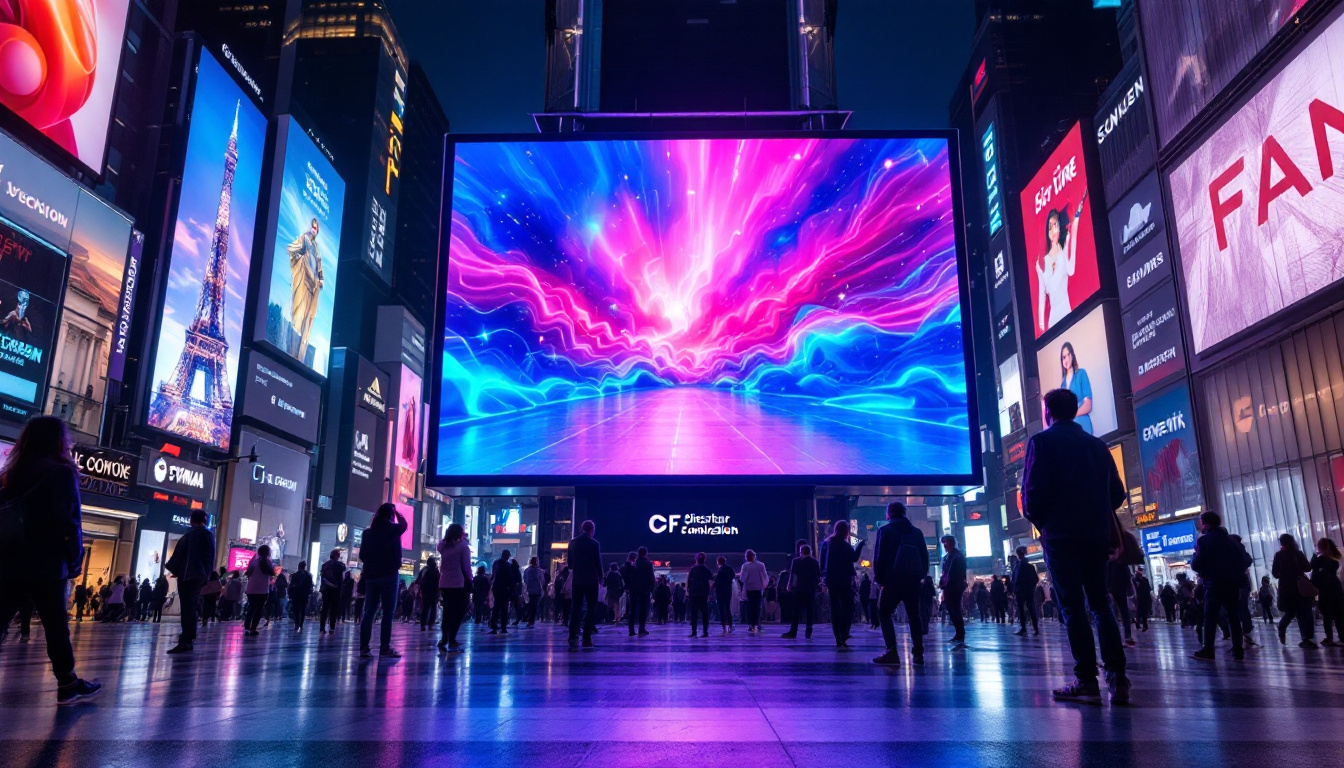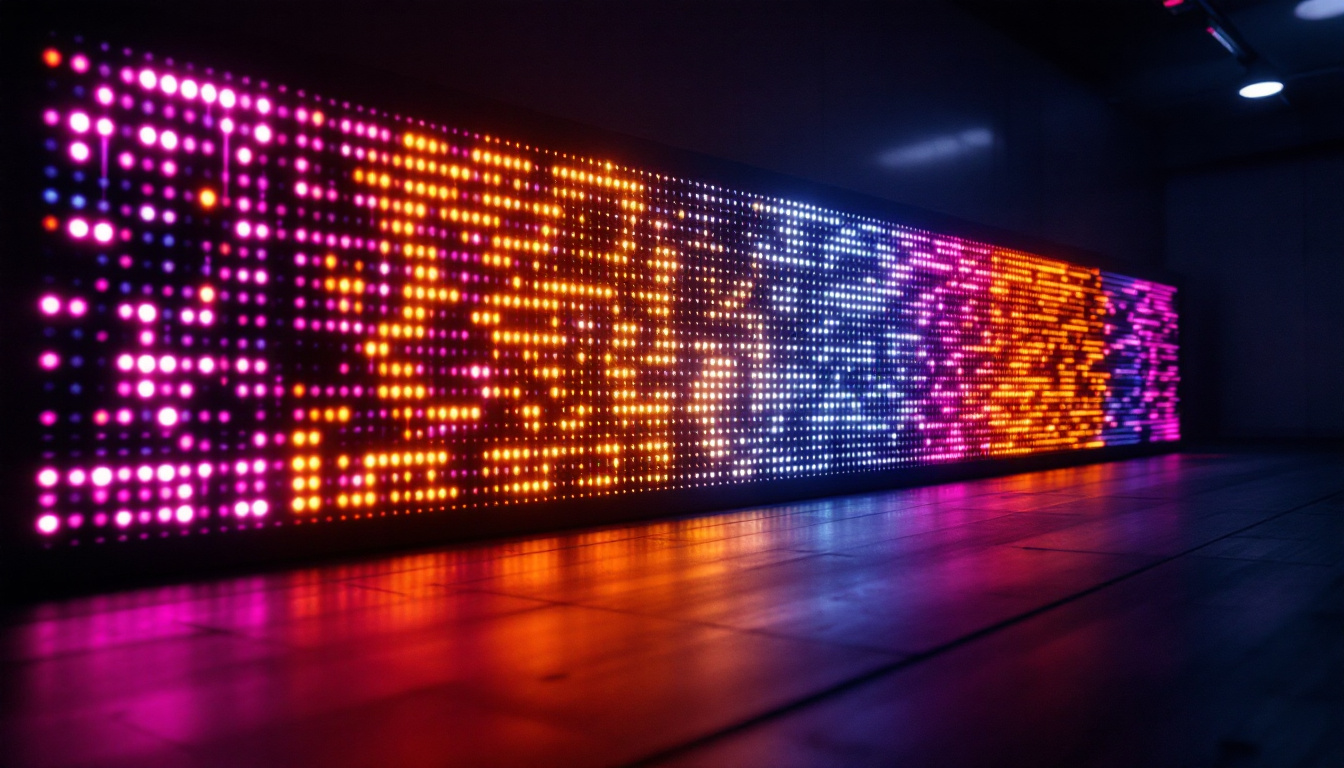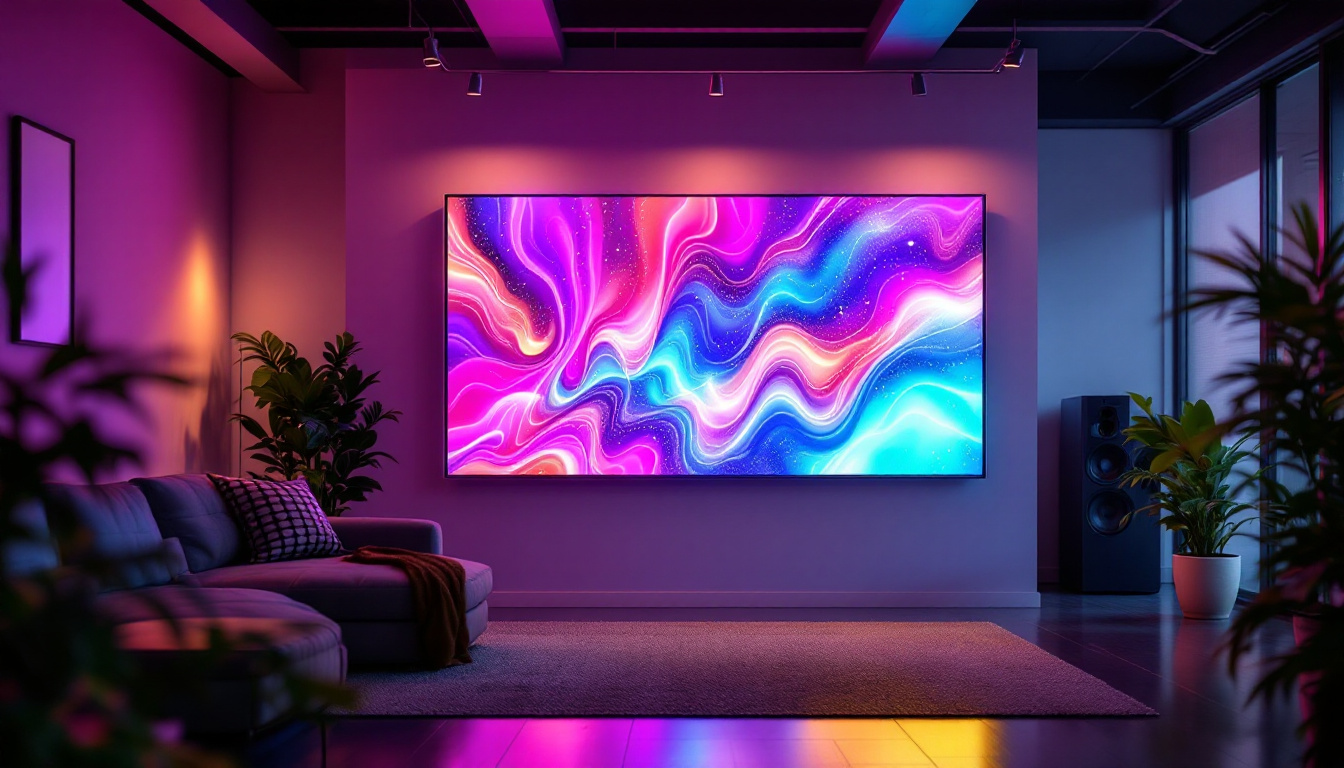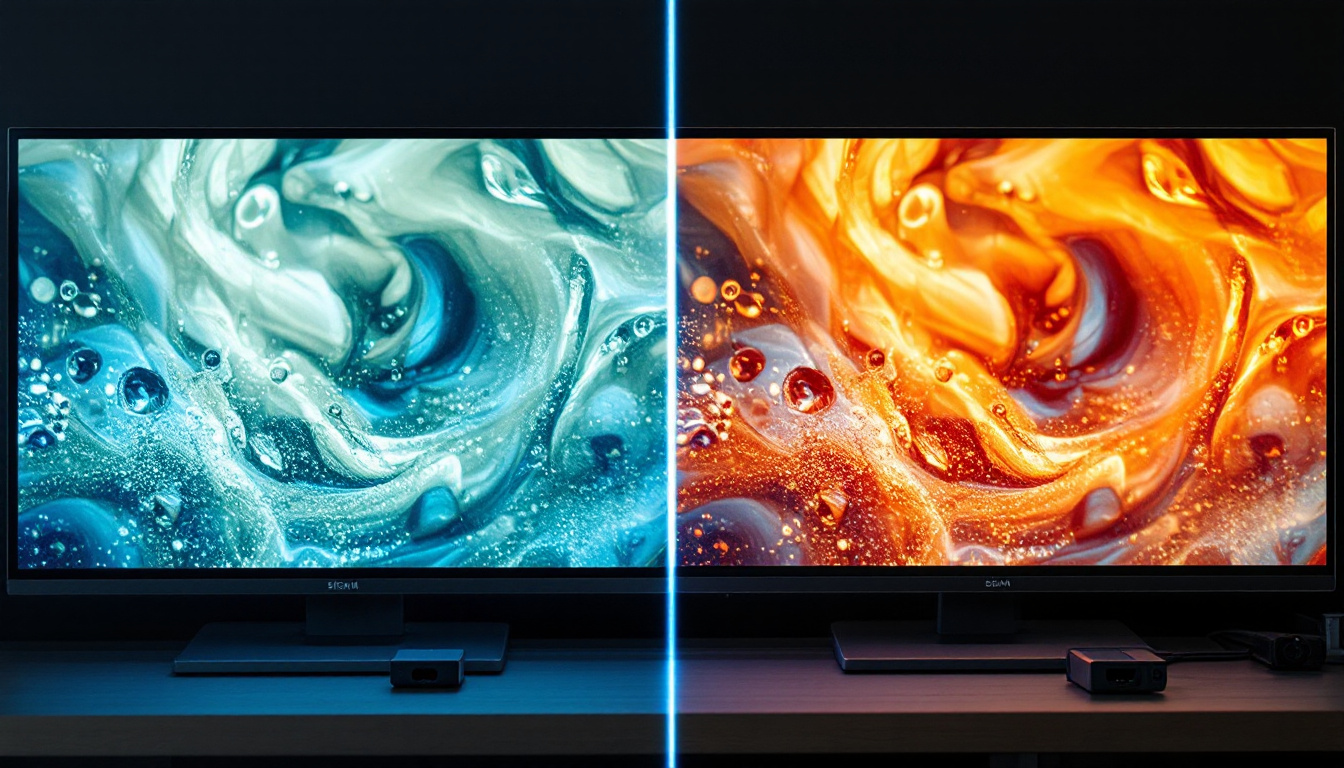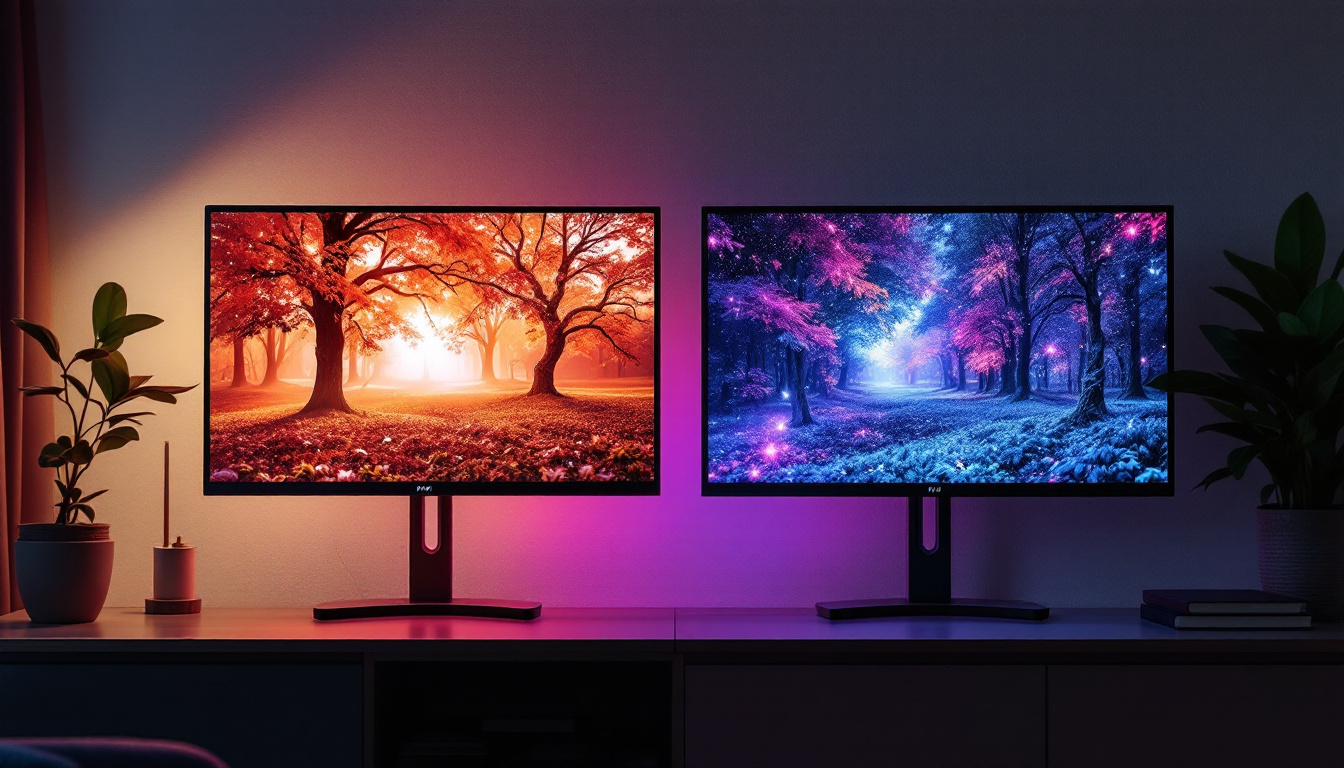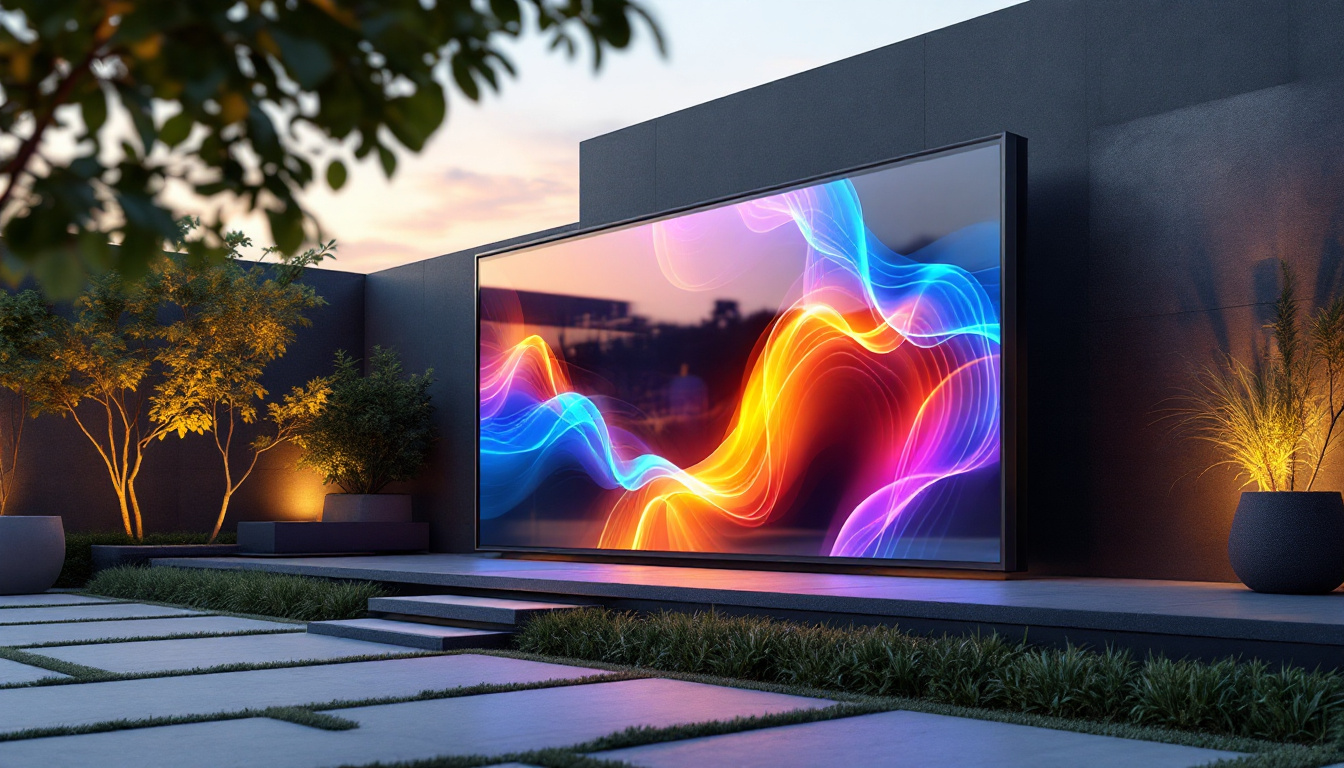Cheap LCD Display: LED Display Explained
In the ever-evolving world of technology, displays play a crucial role in how we interact with devices. Among the various types of displays available, LCD (Liquid Crystal Display) and LED (Light Emitting Diode) technologies have become dominant in consumer electronics. This article aims to demystify these technologies, focusing on the differences, advantages, and applications of cheap LCD displays and LED displays.
Understanding LCD Technology
LCD technology has been a staple in the display industry for decades. It utilizes liquid crystals sandwiched between two layers of glass or plastic. When an electric current is applied, these crystals align to allow varying degrees of light to pass through, creating images. This technology is widely used in televisions, computer monitors, and mobile devices due to its thin profile and energy efficiency. Over the years, advancements in LCD technology have led to improvements in resolution, color accuracy, and overall display performance, making it a preferred choice for both casual users and professionals alike.
The Components of LCD Displays
At the heart of an LCD display are several key components: the liquid crystals, the backlight, and the polarizers. The liquid crystals are responsible for controlling the light that passes through the display. The backlight, typically made of fluorescent tubes or LEDs, provides the necessary illumination. Polarizers are used to filter the light, ensuring that only the desired wavelengths reach the viewer’s eyes. Additionally, the arrangement of these components can vary; for instance, some displays utilize edge-lit backlighting, while others employ full-array backlighting to enhance brightness and contrast across the entire screen.
These components work in harmony to produce vibrant images. However, the quality of the display can vary significantly based on the materials used and the technology employed in the manufacturing process. For example, high-end models often incorporate advanced technologies like quantum dots to improve color reproduction and HDR (High Dynamic Range) capabilities, allowing for a more immersive viewing experience. As the demand for superior visual quality continues to grow, manufacturers are constantly innovating to push the boundaries of what LCD technology can achieve.
Types of LCD Displays
There are several types of LCD displays, each with its unique characteristics. The two most common types are Twisted Nematic (TN) and In-Plane Switching (IPS). TN panels are known for their fast response times, making them ideal for gaming. However, they often suffer from poor color reproduction and limited viewing angles. On the other hand, IPS panels offer better color accuracy and wider viewing angles, making them suitable for professional graphic design and multimedia applications. This difference in technology leads to varied user experiences, which is essential for consumers to consider based on their specific needs.
Another type worth mentioning is the Vertical Alignment (VA) panel, which provides excellent contrast ratios and deep blacks, making it a popular choice for home theater setups. VA panels excel in delivering rich visuals, especially in darker environments, where they can outperform both TN and IPS displays. Each type of LCD display serves different needs, and understanding these differences can help consumers make informed decisions. Furthermore, as technology evolves, hybrid solutions that combine the strengths of these different panel types are emerging, promising to deliver even better performance across a range of applications, from gaming to professional video editing.
LED Displays: A New Era of Technology
LED displays are often confused with LCDs, but they are fundamentally different. While LED displays also use liquid crystals, they utilize LEDs as a light source instead of traditional fluorescent backlighting. This shift has led to significant improvements in brightness, color accuracy, and energy efficiency.
How LED Displays Work
In an LED display, the light source consists of numerous tiny LEDs that can emit light in various colors. This allows for greater control over brightness and contrast, resulting in more vibrant images. The use of LEDs also enables manufacturers to create thinner and lighter displays, which is particularly advantageous for portable devices.
There are two primary types of LED displays: edge-lit and full-array. Edge-lit LED displays have LEDs positioned around the perimeter of the screen, while full-array displays feature a grid of LEDs behind the entire screen. Full-array displays generally offer better picture quality due to their ability to control local dimming, enhancing contrast and black levels. This technology is particularly beneficial for watching movies or playing video games, where deep blacks and bright highlights can significantly impact the viewing experience.
Advantages of LED Displays
LED displays come with several advantages that make them appealing to consumers. One of the most significant benefits is their energy efficiency. LED technology consumes less power compared to traditional LCDs, which can lead to lower electricity bills and a reduced carbon footprint.
Additionally, LED displays tend to have a longer lifespan, often lasting up to 100,000 hours. This durability makes them a cost-effective choice in the long run, especially for commercial applications where displays are used continuously. In environments such as shopping malls or airports, where screens are often on for extended periods, the longevity of LED displays can translate to substantial savings in maintenance and replacement costs. Moreover, the enhanced durability of these displays also means they are more resistant to damage, making them suitable for outdoor use where they are exposed to varying weather conditions.
Another noteworthy advantage of LED displays is their ability to produce a wider color gamut. This means that they can display a broader range of colors, resulting in more lifelike and immersive visuals. This feature is particularly important for professionals in fields such as graphic design and photography, where color accuracy is paramount. Furthermore, advancements in LED technology have led to the development of HDR (High Dynamic Range) displays, which can deliver stunning contrasts and a more dynamic range of colors, enhancing the overall viewing experience.
Comparing LCD and LED Displays
While both LCD and LED displays have their merits, understanding the differences can help consumers choose the right display for their needs. One of the most notable distinctions is in the quality of the image produced. LED displays typically offer superior brightness and color accuracy, making them ideal for environments with high ambient light.
Cost Considerations
When it comes to cost, cheap LCD displays are generally more affordable than LED displays. This price difference can be attributed to the manufacturing processes and materials used. For budget-conscious consumers, LCDs may provide a satisfactory viewing experience without breaking the bank.
However, as technology advances, the price gap between these two types of displays is narrowing. Many manufacturers are now offering competitively priced LED options, making it easier for consumers to access high-quality displays without a significant financial investment.
Applications of LCD and LED Displays
Both LCD and LED displays have a wide range of applications across various industries. LCDs are commonly found in devices such as smartphones, tablets, and laptops. They are also used in digital signage and advertising displays due to their cost-effectiveness.
On the other hand, LED displays are increasingly popular in settings where high-quality visuals are essential. They are often used in televisions, computer monitors, and large-scale outdoor displays. Their ability to produce bright, vibrant images makes them ideal for entertainment and professional applications.
The Future of Display Technology
The display technology landscape is continuously evolving. Innovations such as OLED (Organic Light Emitting Diode) and MicroLED are emerging, promising even better performance and efficiency. OLED displays, for instance, offer deeper blacks and more vibrant colors by using organic compounds that emit light when an electric current is applied.
Trends in Display Technology
As technology advances, several trends are shaping the future of displays. One notable trend is the shift towards higher resolutions, with 4K and 8K displays becoming more common. These high-resolution displays provide stunning detail, making them ideal for gaming, streaming, and professional applications.
Another trend is the increasing demand for flexible and curved displays. These innovative designs offer new possibilities for immersive viewing experiences and are particularly popular in high-end televisions and smartphones.
Environmental Impact and Sustainability
As consumers become more environmentally conscious, the sustainability of display technology is gaining attention. Manufacturers are exploring ways to reduce waste and improve energy efficiency in production processes. LED displays, with their lower power consumption and longer lifespan, are often viewed as a more sustainable option compared to traditional LCDs.
Additionally, recycling programs for old displays are becoming more common, allowing consumers to dispose of their devices responsibly. This shift towards sustainability is not only beneficial for the environment but also aligns with the values of modern consumers.
Choosing the Right Display for Your Needs
When selecting a display, it is essential to consider individual needs and preferences. Factors such as intended use, budget, and available space should all be taken into account. For instance, gamers may prioritize fast response times and high refresh rates, making a TN or high-end IPS panel a suitable choice.
Budget Considerations
For those on a tight budget, cheap LCD displays can provide a decent viewing experience for everyday tasks, such as browsing the web or watching videos. However, investing in a quality LED display may be worthwhile for users who prioritize image quality and plan to use their display for more demanding applications.
Ultimately, the decision should be based on a careful evaluation of personal preferences and requirements. Researching different models and reading reviews can also help consumers make informed choices.
Future-Proofing Your Purchase
As technology continues to advance, it is wise to consider future-proofing your display purchase. Opting for a display with higher resolution and better color accuracy can ensure that it remains relevant for years to come. Additionally, features such as HDMI 2.1 support and adaptive sync technologies can enhance the overall experience and compatibility with future devices.
Conclusion
In summary, both cheap LCD displays and LED displays offer unique advantages and serve different purposes. Understanding the differences between these technologies can empower consumers to make informed decisions based on their specific needs and budget. As display technology continues to evolve, staying informed about the latest trends and innovations will be essential for anyone looking to invest in a new display.
Whether opting for a cost-effective LCD or a high-performance LED, the right display can significantly enhance the viewing experience, making it an essential consideration for both personal and professional use.
Discover LumenMatrix’s Advanced LED Display Solutions
Ready to elevate your visual experience with the latest in display technology? Look no further than LumenMatrix, a pioneer in LED display innovation. Our comprehensive range of products, from Indoor and Outdoor LED Wall Displays to specialized solutions like Vehicle, Sports, and Floor LED Displays, is designed to bring your vision to life. Embrace the future with our Custom, All-in-One, and Transparent LED Displays, crafted to captivate your audience and amplify your message. Check out LumenMatrix LED Display Solutions today and transform the way you communicate visually.



